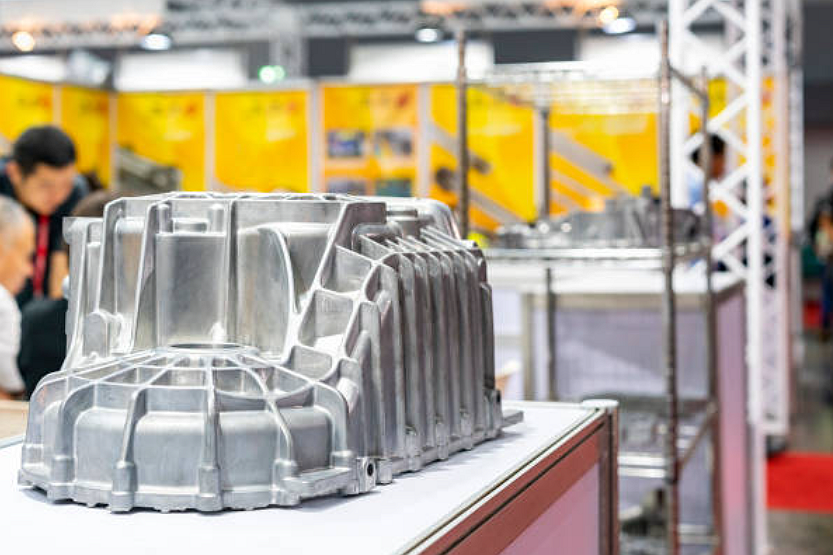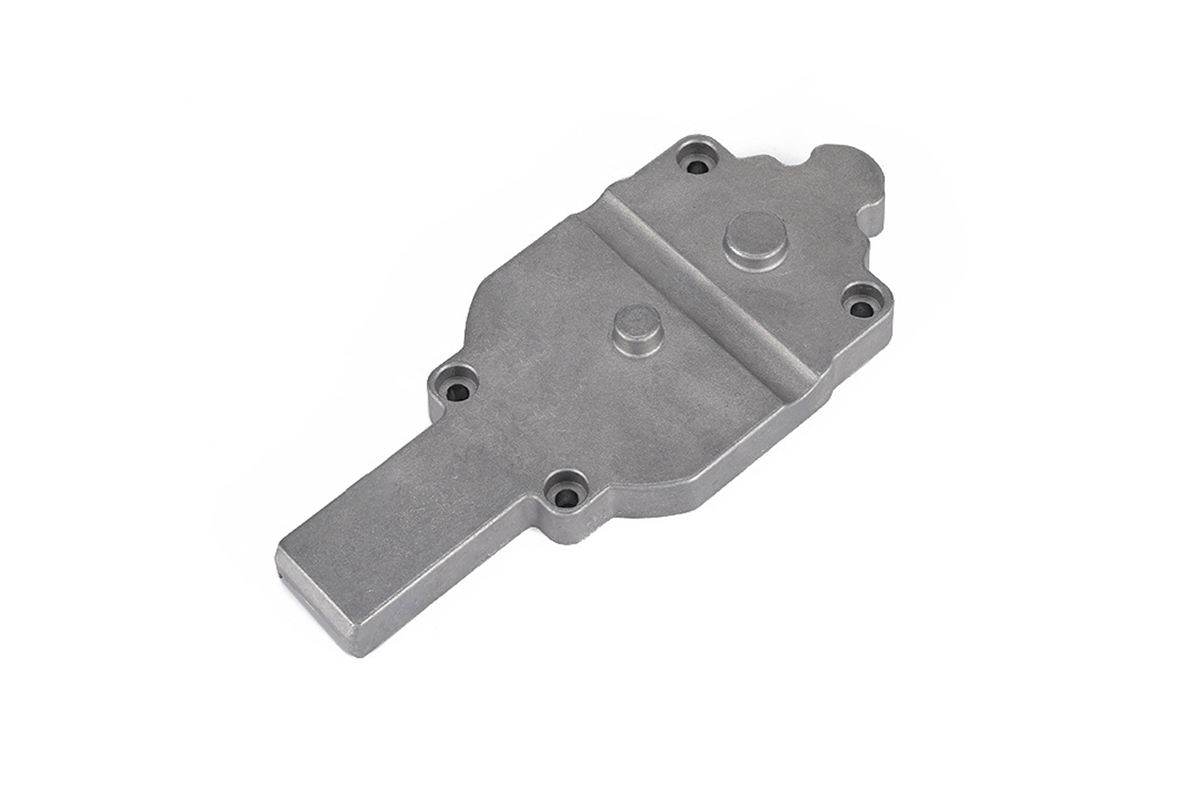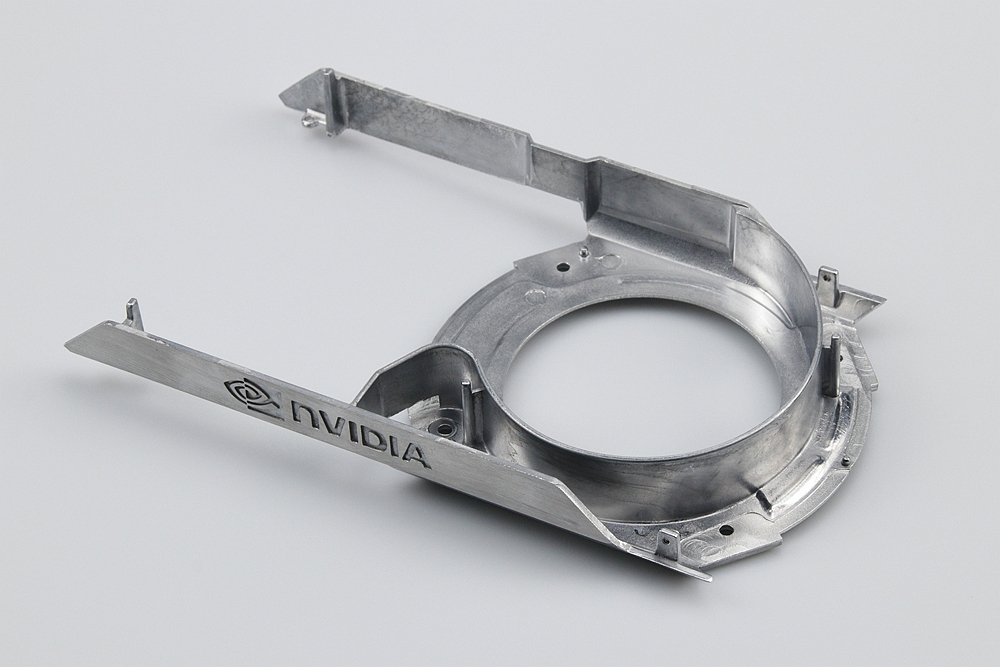Die Casting Cost: How to Calculate Die Casting Parts and Mold Cost
In manufacturing, understanding the cost implications of different production processes is crucial for purchasing and parts design engineers. This is especially true for custom die casting, a highly efficient and versatile manufacturing method. In this blog, we will delve into the factors that affect die-casting cost, explore strategies for cost optimization, and provide real-world examples to showcase the importance of collaboration between purchasing and design teams. Let's begin our journey into the realm of die-casting cost analysis.
Die Casting Process Overview
Die casting is a manufacturing process that involves injecting molten metal into a die, or mold, under high pressure. This process produces complex and dimensionally accurate parts with excellent surface finishes. Its advantages include high production efficiency, tight tolerances, and the ability to create intricate designs. The versatility of die casting makes it a preferred choice for various industries, including automotive, aerospace, and electronics.
Factors Affecting Die Casting Cost
Material Selection and Cost Implications
The choice of material plays a significant role in die casting cost. Different metals have varying costs, availability, and physical properties. Material waste, recyclability, and post-processing requirements also impact the overall cost. It is crucial to evaluate the specific requirements of the part and select a material that balances cost-effectiveness with performance. Usually, the material utilization rate of die casting is 90%~95%.
Part Complexity and Design Considerations
The complexity of the part directly affects the casting cost. Intricate designs, thin walls, undercuts, and tight tolerances increase the complexity of the mold and the production process. Design for manufacturability principles can help optimize part geometry for cost-effective die casting, reducing the need for secondary operations and minimizing material usage.
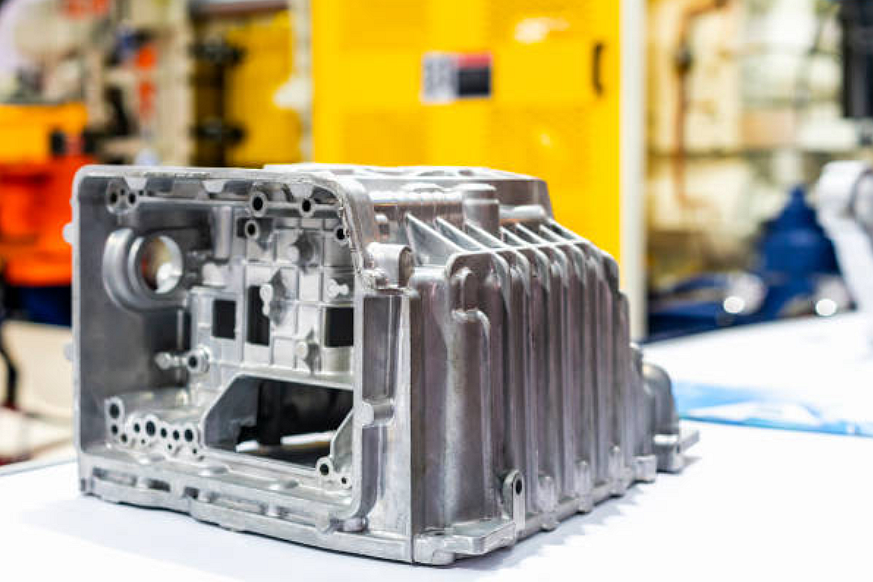
Production Volume and Economies of Scale
The production volume has a significant impact on die-casting costs. Higher volumes generally lead to lower per-unit costs due to economies of scale. Manufacturers can take advantage of higher production quantities to spread tooling and setup costs across a larger number of parts, resulting in cost savings.
Tooling and Mold Cost Factors
The cost of tooling and molds is an essential consideration in die casting. Factors such as mold design complexity, size, and material selection influence the overall cost. Tooling lifespan and maintenance costs should also be considered to ensure long-term cost-effectiveness.
Calculating Die Casting Part Cost
To accurately estimate die casting part cost, it is essential to consider various cost components. These include material costs, tooling costs, die-casting machine costs, labor costs, overhead expenses, and any secondary operations required. The process of die-casting parts can be analyzed through cost estimation formulas and examples. Incorporating factors like material waste and scrap rates further enhances the accuracy of cost calculations.
Material Cost
When we need to produce one kilogram of aluminum alloy products, we need to use more material to complete the die casting. This involves the melting loss of the material, the alloy composition added, and the material of the gate. But usually, the material utilization rate of die casting is about 90%~95%. We can calculate the material cost of die casting according to a rough formula:
Material cost of 1 kg die casting = (product weight 1 kg x material unit price 4 USD/Kg) / (1-8% material loss cost) = 4.3 USD
Die casting machine cost.
The cost of a die-casting machine is the cost that is amortized over its service life, according to the purchase cost and maintenance cost of a die-casting machine. For example, a die-casting machine costs 50,000 US dollars, and the service life of 5 years is 50,000/5/365=27 USD/DAY. The die-casting machine cost of the product is 0.027 USD/UNIT.
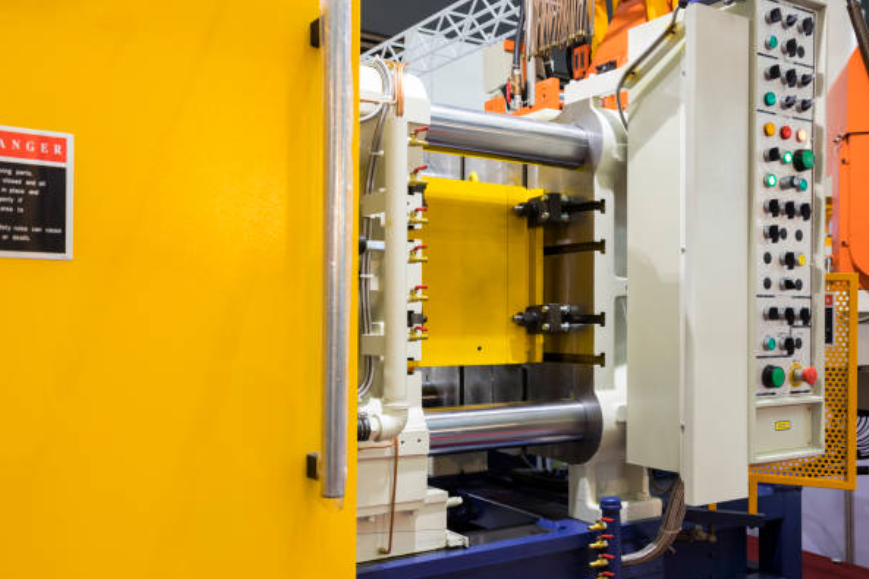
How do you choose the tonnage of the casting machine? According to our experience, Neway gives a market price cost table:
Tons | TIEBAR (mm) | Shot volume (Kg) | Casting Area (cm²) | Price (USD/shoot) |
160T | 460*460 | 0.8-1.8 | 72.5-175 | 0.21-0.3 |
280T | 560*560 | 1.5-2.9 | 170-335 | 0.43-0.5 |
400T | 620*620 | 2.7-4.7 | 275-490 | 0.79-1 |
500T | 760*760 | 4.3-7.1 | 405-680 | 0.93-1.1 |
630T | 750*750 | 4.3-7.2 | 395-655 | 1.42-2.14 |
800T | 910*910 | 7.2-11.2 | 600-940 | 2.1-3.6 |
For 1 kg of die casting parts, we may choose a 500-ton or a 600-ton die casting machine. The die-casting machine costs about 1 USD.
Labor Cost and Post-Processing Cost
Labor costs, including deburring, quality inspection, packaging, etc., account for about 1.5% of the cost of die-casting blanks.
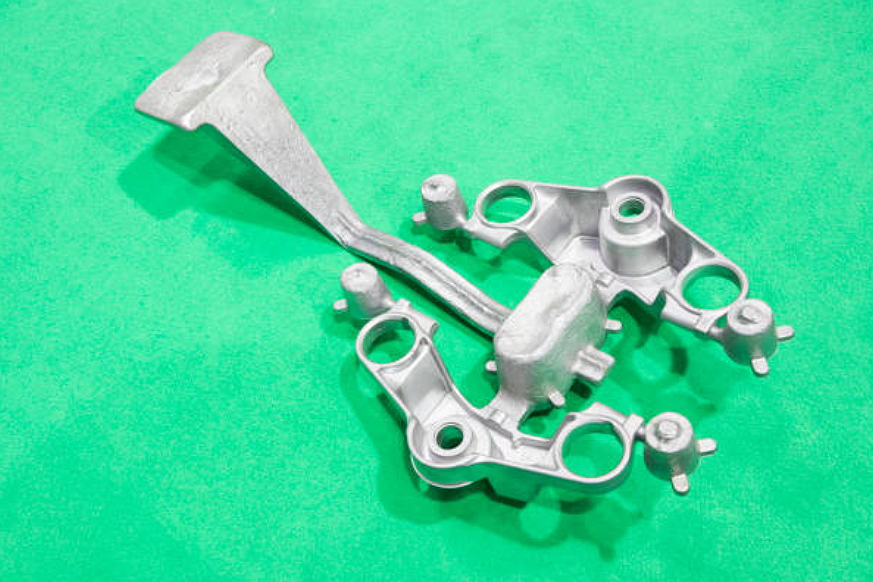
1 Kg die casting parts labor cost= die casting blank cost(material cost 4.3 USD+die casting machine cost 1 USD) x 1.5%=0.08 USD
Post-processing costs include drilling, tapping, CNC machining, anodizing, and other surface treatment costs. This type of cost needs to be calculated according to the specific process.
To sum up, we can roughly calculate the cost of manufacturing a one-kilogram aluminum die-casting part as follows:
Cost of 1 kg of die-casting blank = material cost 4.3 SUD + cost of die-casting machine 1 USD + labor costs 0.08 USD = 5.38 USD
Please note that the above-mentioned cost does not include post-processing and surface treatment costs.
Determining Die Casting Mold Cost
The mold plays a crucial role in the die-casting process, and its cost must be carefully evaluated. Mold design and engineering considerations, such as the number of cavities, complexity, and surface finish requirements, affect the overall cost. Estimating mold cost involves factoring in material, machining, and finishing costs and considering the expected lifespan and maintenance requirements.
The die casting mold cost consists of the following pieces:
Design fee
Mold design generally includes CAD structural design & 2D drawings, CAE mold flow analysis, and CAM programming. However, when considering the cost of mold design, only the cost of CAD and CAE is usually considered. The design cost generally depends on the size and complexity of the mold. The quotations of mold factories are different. Generally, large molds in the Neway area account for 2% of the total cost, and minor mold design costs 2.5%~3%.
Material cost
The materials of the die-casting mold mainly include the cost of the mold frame and mold core (kernel). The formwork is divided into self-made formwork and standard formwork. Since the larger the tonnage of the mold, the greater the travel requirements for the processing equipment of the mold base, most mold factories purchase outsourced mold bases and standard mold bases. The larger the tonnage of the mold, the larger the mold base. Generally, the larger the mold base, the lower the cost. The cost is directly calculated according to the weight, but the gap part of the mold foot must be removed. The formwork material is generally 45#, 50#, and 55# steel, and the formwork cost of 50# steel is 2 USD/Kg. Choose the mold frame's material according to the die-casting mold's design life. Since the life of the aluminum alloy mold is generally 80,000 to 100,000 mold times, the mold frame can be reused to meet the life of 300K~400K. Therefore, we must consider reusing the mold frame in the daily duplication mold. Neway has developed about 2,000 sets of common formwork, fixtures, and fittings in 30 years of precipitation. These common tools can greatly reduce lead times and customer costs.
The material cost of the core usually depends on the life grade of the mold and the mass production of the product. We can use materials that match the number of products that need to be produced. If you need to produce 10,000 mold times, you can use ordinary mold steel; if you need to produce 100,000 mold times, you can use better mold steel, and the corresponding costs are also different.
Manufacturing Costs
Including CNC machining, spark machining, wire cutting, and other equipment costs, and labor costs such as mold matching and polishing. Generally, the processing cost of the mold cannot exceed 20% of the entire mold cost.
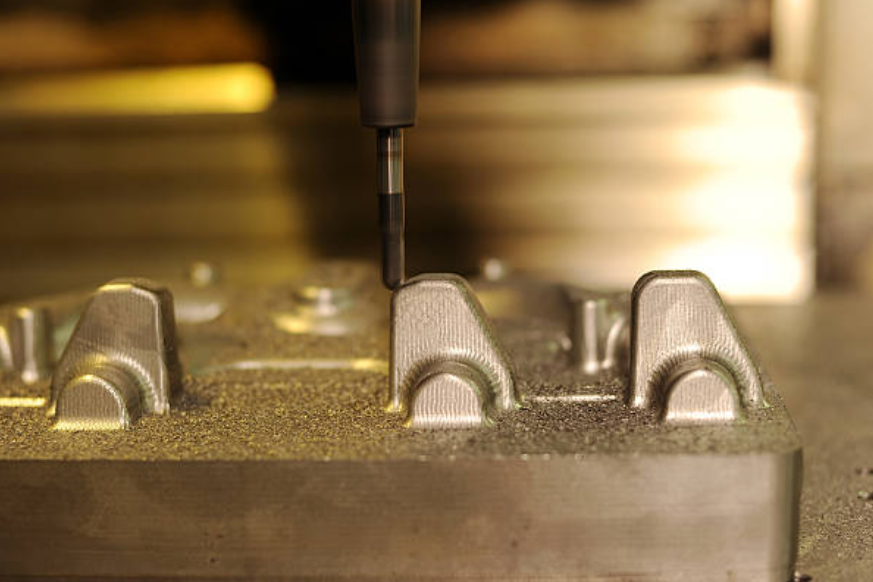
Inspection fee
It is mainly to carry out process inspection and subsequent factory inspection on the critical dimensions of the mold, electrodes, and mold cores. The inspection fee accounts for 1-2% of the total cost.
Trial costs and Transportation costs
The internal constant of Neway is two times the mold trial index, 1-1.5% of the mold trial fee for molds below 800T, and 2% of the mold trial fee for molds above 800 T. The cost of a mold trial for aluminum alloy die-casting is relatively cheap, while the cost of a mold trial for magnesium alloy die-casting will be higher because magnesium alloy has higher requirements on the safety performance of materials; the unit price of magnesium alloy material is higher; plus magnesium alloy die-casting furnace and aluminum Alloys are different. It should be noted that the number of mold trials should not exceed three. If it exceeds 3 times, the cost of mold trials should be borne by the mold factory itself, because it is due to the problems of their molds that they need to try multiple molds. In addition, the parameters of the equipment must be adjusted accurately to ensure a smooth trial mode. The transportation cost depends on the geographical distribution of customers, generally ranging from 0.5% to 1.5% for the distance. Molds are heavy goods; a single shipment may only hold one mold per vehicle,so the transportation cost will be higher.
After-sales expenses and Taxes
After-sales service costs generally account for 5%, except for special requirements molds. Tax generally removes the material deduction companies have to bear 9%
Cost Optimization Strategies
Design for Manufacturability Principles
Engineers can optimize part geometry, reduce complexity, and minimize the need for secondary operations by considering manufacturability during the design phase. This approach helps streamline the die casting process, improving efficiency and reducing costs.
Material Selection for Cost Savings
A careful selection of materials can lead to advanced die casting that offers significant cost savings. Engineers should evaluate the advantages and disadvantages of die-casting materials, considering their properties, cost, availability, and recyclability. Striking a balance between performance and cost-effectiveness is key.
Streamlining Production Processes
Analyzing and optimizing the various steps involved in the pressure die-casting process can help identify inefficiencies and bottlenecks. Streamlining production processes through advanced die-casting techniques, such as automation, lean manufacturing principles, and continuous improvement efforts, can reduce costs and improve overall productivity.
Case Studies and Real-World Examples
Examining real-world examples provides valuable insights into die-casting cost analysis and optimization. Case studies showcasing cost analysis and optimization in metal die casting can illustrate the advantage of die casting and its competitiveness compared to other metal parts manufacturing methods. By comparing mold die casting to other techniques, such as press die casting, engineers can comprehensively understand cost considerations and benefits.
Conclusion
Understanding die casting cost is crucial for purchasing and parts design engineers aiming to optimize custom metal parts production. Manufacturers can accurately calculate die-casting part cost by considering material selection, part complexity, production volume, and tooling cost. Implementing cost optimization strategies, such as design for manufacturability and streamlined production processes, enables engineers to achieve cost savings without compromising quality. Collaboration between purchasing and design teams throughout the process is essential for successful die-casting cost analysis and efficient production.
In this blog, we have explored the intricacies of the metal die-casting process, cost analysis, and optimization, providing valuable insights for buyers and part design engineers seeking custom die-casting parts or services. By understanding the factors that affect die-casting cost and implementing cost optimization strategies, manufacturers can achieve efficient and cost-effective production, ultimately meeting their customers' needs and expectations.
